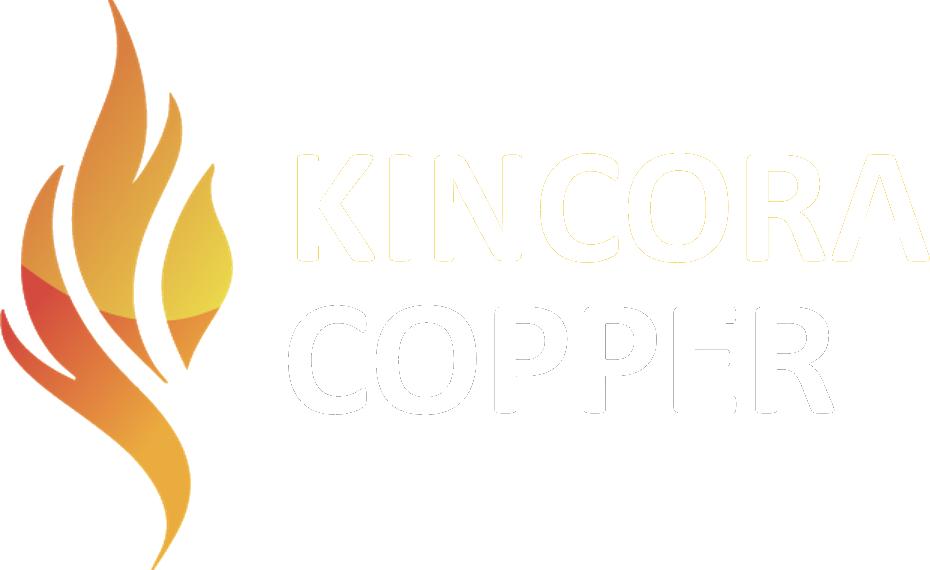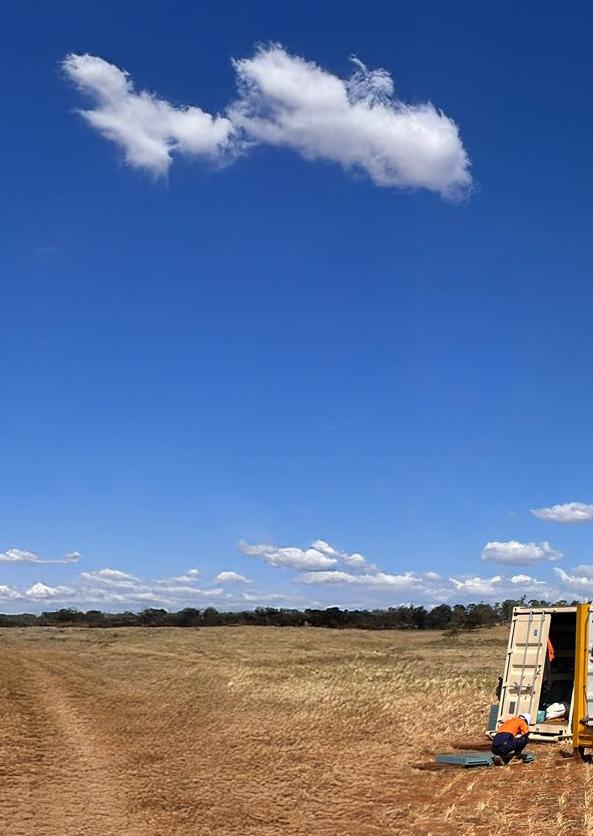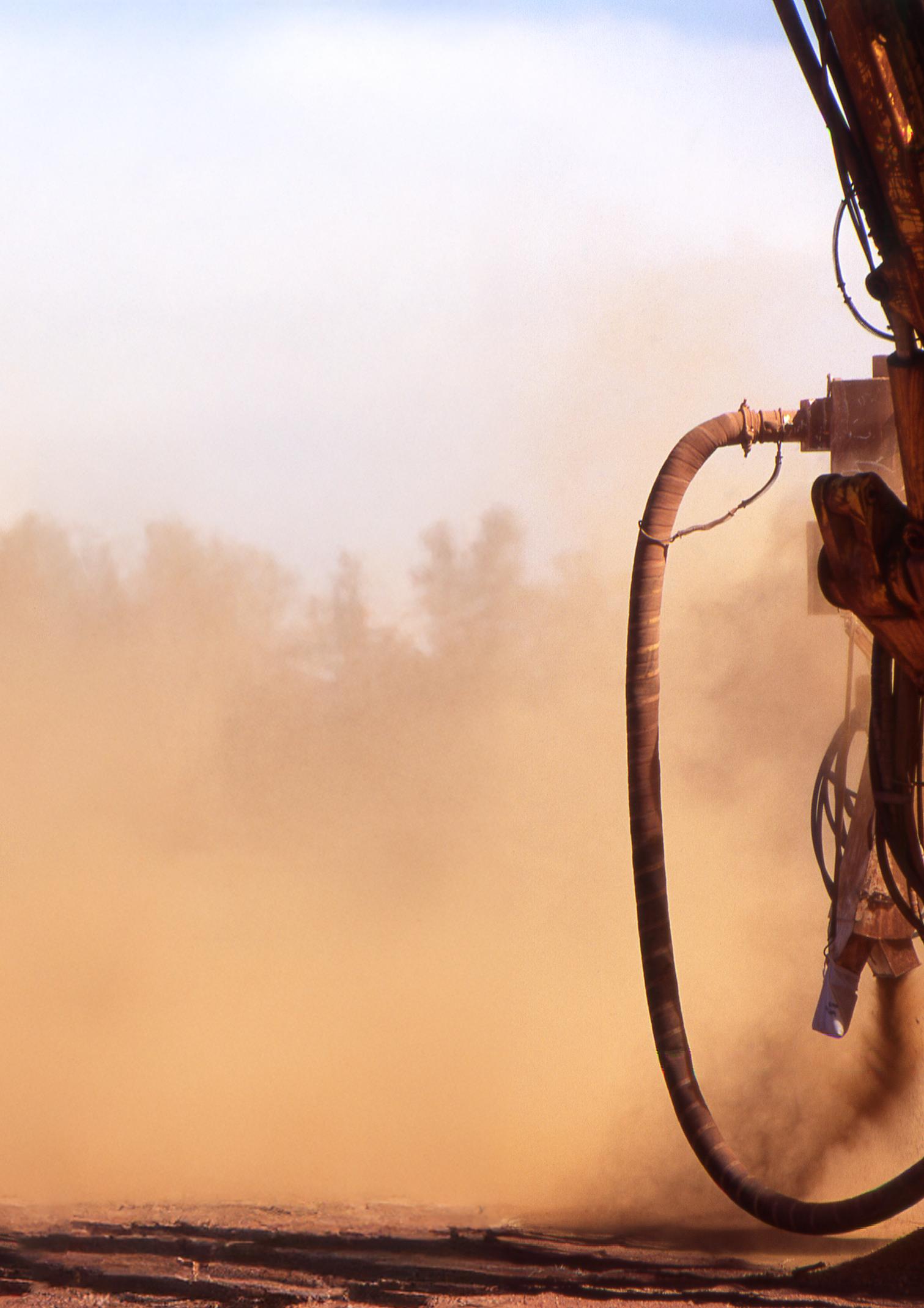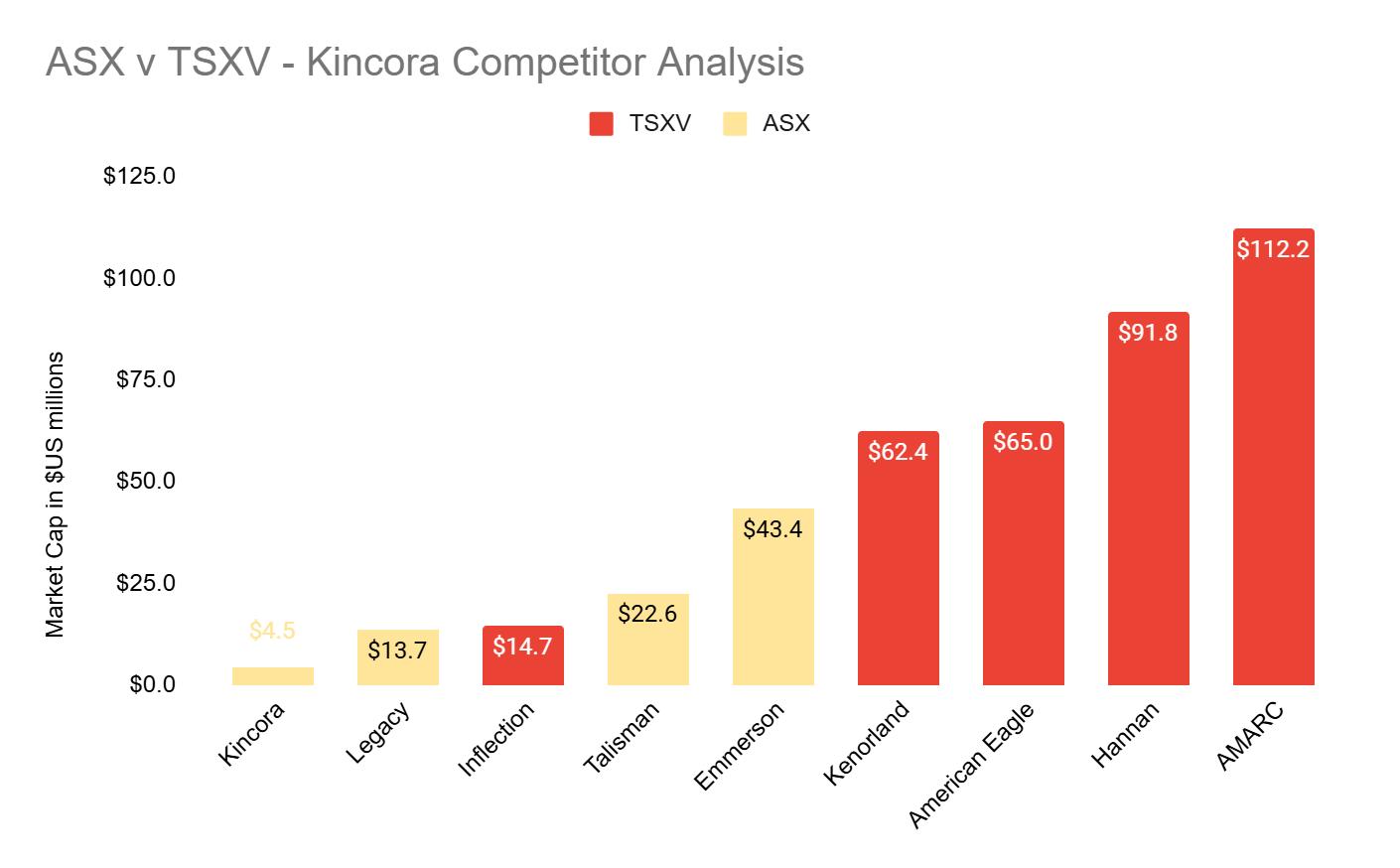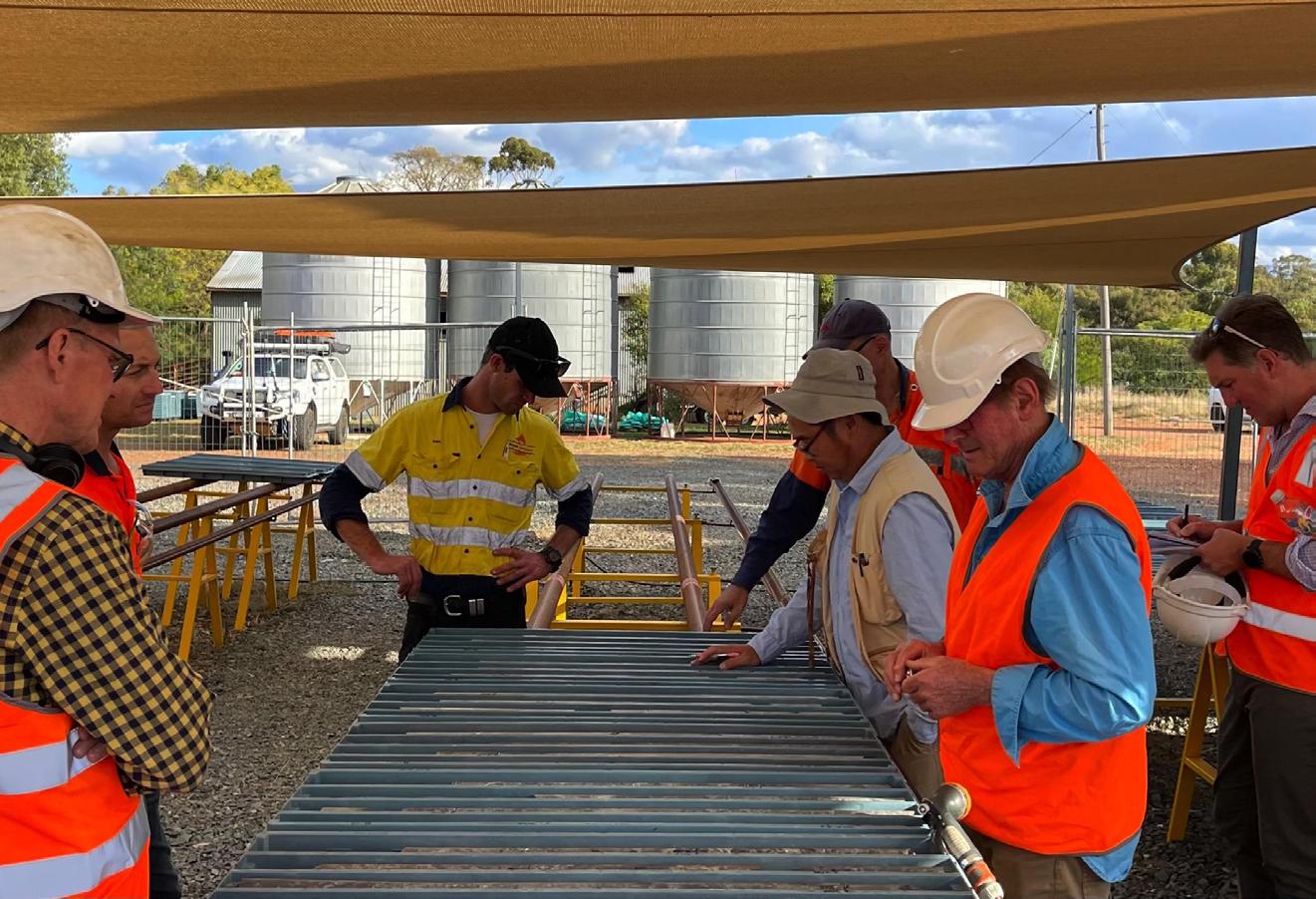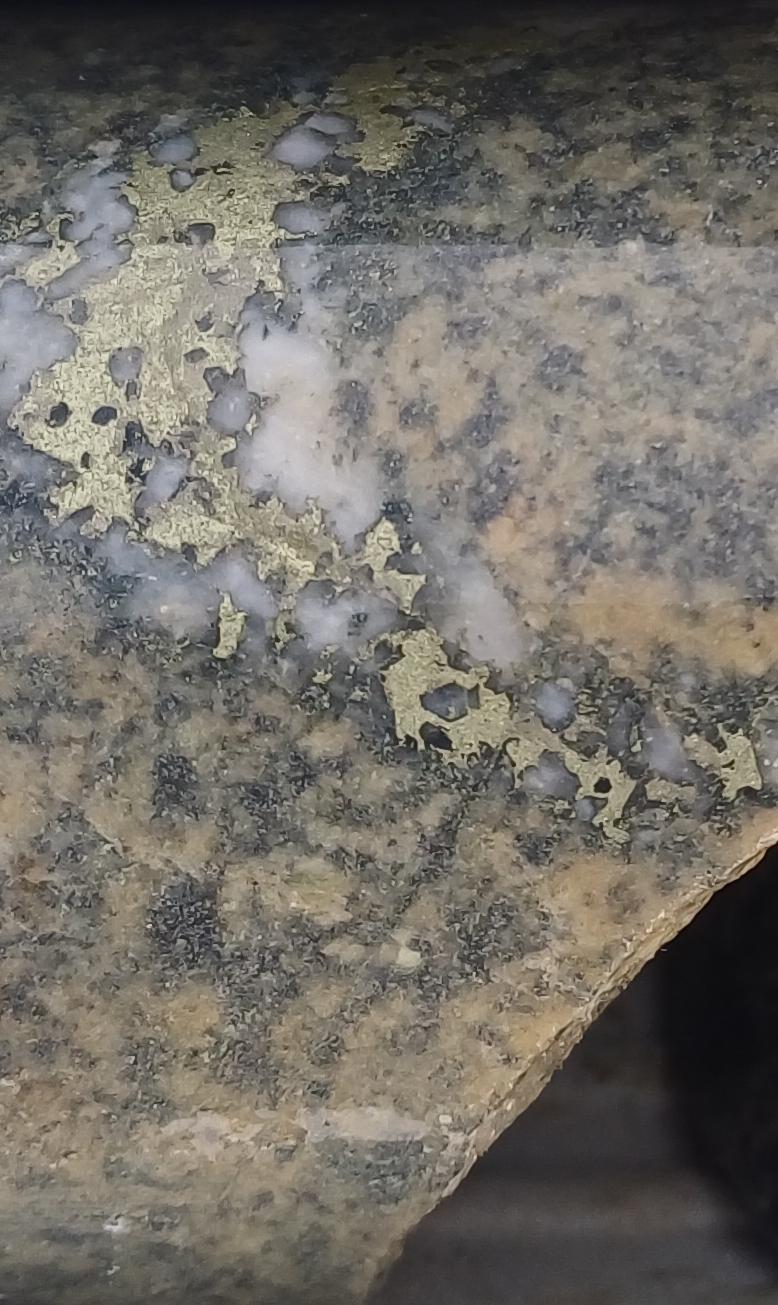EXPLORING SMARTER NOT HARDER
Kincora Copper: with a successful Canadian approach
While Australian investors generally view the ‘project generator model’ as a kind of ‘win-loss’ scenario that favours the major partner, this is actually a proven successful model used widely in Canada that provides juniors very significant leverage to exploration success with the right partner and deal structure.
There are very few ASX-listed companies adopting the project generator model, with a number that do often applying hybrid approaches.
But Kincora Copper CEO Sam Spring tells Mining.com.au the key reason Kincora is taking this route is to give the explorer’s portfolio of 12 large-scale porphyry projects the amount of drilling they require without blowing out the company’s capital structure and looking to get the numbers in favour for shareholders to make, and significantly financially benefit from, a new major discovery.
“A couple of key factors of this model for large projects like ours are minimising shareholder dilution, in terms of just having to keep coming back to market and raising money every six to 18 months, and, what is the scale of the target and prize we are looking for in order to attract such a deal structure and partner,” he adds.
“The project generator model is more of a North American accepted approach for funding. I think that concept of dilution is one that they really don’t like, particularly when exploration and risk capital is expensive, as it is in the current market.”
Kincora has recently secured five asset-level deals that unlock potentially over $60 million worth of multi-year exploration funding for the projects that the company ultimately does not have to tap equity investors for. They also receive a management fee for the largest of these deals, which gives them an income stream.
The company is anticipating a further seven potential asset-level deals for its more advanced and/or proximal to existing “world-class” mine porphyry projects to progress to possible conclusion, with two expected in the near term.
Similarly, Kincora is pursuing further management fees with the ambition of these fees and income streams more than covering corporate costs providing a true selffunding exploration model, while at the same time there is significant money going into the ground.
The focus of this model for Kincora is on copper porphyry deposits because of their scale and the gold byproducts, which makes them very attractive to the diversified, copper and gold majors – especially in such a high gold price environment.
Porphyry deposits supply around 60-70% of the world’s primary copper, most of the world’s molybdenum, and substantial quantities of gold and silver.
A prime example of the interest in these deposits is last year’s C$4.1 billion ($4.6 billion) takeover of Filo Corp (TSX:FIL) and the joint venture for the Josemaria projects by majors BHP (ASX:BHP) and Lundin Mining (TSX:LUN).
The targets here were the Filo del Sol explorationstage and Josemaria development-stage copper-goldsilver projects in Argentina. A sister exploration-stage company, NGEx Minerals (TSX:NGEX), is valued at C$2.7 billion and is currently drilling the Lunahuasi coppergold-silver discovery also in this new district.
Now if the bigger players are keen to pick up projects in the central Andes that sit at such high altitude, for such a hefty price tag and at a pre-construction stage, then Australia is likely to be a much more compelling proposition.
“We’ve seen with Vicuña, Lundin and BHP effectively consolidate a new district up there, and that’s about C$9.5 billion worth of market value for a number of very good discoveries, located at 4,000-5,000m altitude,” Spring explains.
“Compare that to what we’re doing with AngloGold Ashanti at the Nyngan and Nevertire projects in the northern extension of the Macquarie Arc, where what we’re looking for is similarly a new district that has little to no prior drilling
and is the extension of a known world-class porphyry belt. However, in our case it is under a couple of hundred metres of post-mineral cover.”
“Would you prefer to be in the central Andes at altitude on the border of Chile and Argentina, with very expensive drilling and short field seasons, or would you prefer to be under a couple hundred meters of cover in the central west of New South Wales, where there is good infrastructure and a number of existing world-class mines?”
“The deal structure in place for the Nyngan and Nevertire projects would see us to a comparable stage to where the current discoveries in the Vicuña district are at, which are valued at over $10 billion dollars, without shareholders having to face that dilution at the listed company level.”
With the majors having cut their exploration -- particularly greenfield exploration, pipelines, teams and budgets -- in the last commodity cycle to conserve capital and focus on the cash-generating side of the business, the faster route to growth is through acquisitions and partnerships.
“The majors want to grow again and they want to try and find new discoveries, but all those issues for when greenfields were cut within their business units in the last cycle, they’ve only become harder,” Spring notes.
“That’s where these five deals in New South Wales are really interesting because there is this opportunity where you can get that Canadian model where an earn-in deal is a genuine win-win.”
Besides a management fee often paid by the larger partner to the junior to take care of the day-to-day, interested parties sometimes agree to participate in a placement at a premium and different partners are looking for different stage projects.
“There’s quite attractive terms with the partners sharing and funding the exploration risk because they know that if you find something that’s say 10 million ounces gold equivalent at a project level, or a new district in the case with AngloGold Ashanti in the Macquarie Arc or BHP/Lundin in Vicuña, then everyone’s going to do really well out of it and they’ve effectively put their foot on that discovery or new district,” Spring says.
The turning point for Kincora was after it spent over $10 million of shareholder contributed funds to advance
exploration at its Trundle Project in New South Wales, which the company believes is part of the Northparkes complex – host to Australia’s second largest porphyry mine.
However, Spring notes that the last drilling program returned good results but it failed to “move the needle” in terms of the capital markets or the project.
“We know these porphyry projects are expensive and the cost of capital at the moment is prohibitive for us to do that at the equity level for the number of metres our portfolio needs to be really advanced. So we’ve pivoted the funding model accordingly,” he explains.
“It is a numbers game, we want to be drilling as many of these projects, as many of their high-quality and large-scale targets as possible, to give ourselves the best chance of making the next globally significant copper discovery. And we want to be doing this with the right structures so shareholders get that leverage without the dilution.”
To date, this has led to asset-level partnerships with US$16.8 billion ($26.7 billion) AngloGold Ashanti (NYSE:AU), Fleet Space Technologies (which in December 2024 raised $150m in a Series D financing), Earth AI (which in January 2025 raised US$20m in a Series B financing) and Orbminco (ASX:OB1).
This has resulted in about $3.5 million of exploration spend so far on these projects of Kincora’s since late last year, which has achieved over 7,000m of drilling.
“The target is that for this year to see further, and larger, earn-in deals be announced, more than double or potentially triple the current headline total potential earn-in figure, which is $60 million to date, and see $10 million worth of partner funded drilling across these New South Wales projects that we’re operating and that we’re getting a management fee from,” he says.
“That scenario would see very significant capital go into the ground, a self-funded business model and huge leverage to shareholders if we are successful in making a new district or a new big tier-one type discovery.”
Value versus peers
Kincora’s market capitalisation is currently around $9 million, having completed a $1.4 million raising in December.
By comparison, Legacy Minerals (ASX:LGM) – which has four asset-level partners in New South Wales contributing a potential total of $28 million in funding – has a market value of $20 million and $3.3 million cash on hand, also drilling its own 100%-owned projects.
Ausquest (ASX:AQD) has a strategic alliance agreement under which South32 (ASX:S32) may spend US$4.5 million ($7.1 million) on any of its projects, plus pay a 15% management fee, to earn a 70% stake. Currently five projects are the focus on an earn-in with one new 100%-owned porphyry project in Peru generating encouraging results.
The junior explorer’s market capitalisation sits at $57 million, with $2.3 million cash in the bank.
Talisman Mining (ASX:TLM) and Emmerson Resources (ASX:ERM) also follow a similar model with income streams supporting non-dilitive exploration activities.
Talisman, which has a market capitalisation of $37 million, has a 1% uncapped gross revenue royalty stream from the Wonmunna Iron Ore Project in Western Australia operated by Mineral Resources (ASX:MIN).
That royalty delivered Talisman $8.6 million in the 2024 financial year alone that has enabled the company to drill its 100%-owned projects in New South Wales without having to raise cash.
Emmerson has a market capitalisation of $70 million and expects to receive around $16 million at the current spot gold price, starting in May 2026, from its 6% uncapped gross production royalty over its ground in Tennant Creek in the Northern Territory, supporting drilling its 100%-owned projects in New South Wales and the Northern Territory.
Greater interest, traditional earn-in models from Canadian market
The value of this particular model appears to be better recognised by the Canadian market, with capitalisations tending to be higher for companies that follow this path.
For example, Amarc Resources (TSX-V:AHR) has a market capitalisation of C$155 million, and cash on hand of C$2.7 million, and it has partnerships with FreeportMcMoRan (NYSE:FCX) and Boliden (STO:BOL) for up to C$200 million of exploration spend on two porphyry projects in Canada.
Hannan Metals (TSX-V:HAN) has a market capitalisation of C$137 million, and C$2.6 million in cash, with Japan Organization for Metals and Energy Security spending US$35 million to earn into one of three new copper-gold district-scale projects in Peru and Chile, and Teck Resources (NYSE:TECK) having 9.9% equity in the company.
Inflection Resources (CSE:AUCU), meanwhile, provides a very direct peer to Kincora.
AngloGold Ashanti is also a partner of Inflection, having previously agreed to spend up to $145 million to earn up to a 75% interest in each of up to five projects located in the same region as, and close to, Kincora’s projects.
One project already selected by AngloGold Ashanti is Duck Creek, adjacent to Kincora’s Nyngan project with recent positive drilling results as close as 500m from the licence boundary. Inflection is also receiving a 10% management fee.
After announcing positive results from recent drilling at the Trangie and Duck Creek projects in early February, Inflection’s share price spiked nearly 50% to a new intra-day high of C$0.28. Over a week later and the share price momentum held, placing its market value at around C$25 million.
While Kincora’s Nyngan and Nevertire projects are just two out of 12 copper porphyry projects the company has in its portfolio, for Inflection Duck Creek is its flagship project.
“There have been some really good project-generator recent-day examples and success stories over in Canada,” Spring notes.
“That again provides a good tailwind for this business model for us. I think we are likely one more significant partnership deal away from the market starting to fully recognise our funding pivot and appreciate the amount of leverage that the existing deals provide, and, our more advanced projects might attract.”
This is one of the reasons Kincora has retained its listing on the TSX Venture Exchange (TSX-V:KCC).
Spring anticipates strong support for the new funding model in time will come out of the North American capital markets, especially once the supply challenge within the copper market becomes more prominent.
“I think a key narrative is that there is a supply challenge coming up in copper and any new major discovery is going to be well rewarded,” he says.
“A lot of that money will come out of the North American capital markets for that and when it does, it’ll probably be looking for good jurisdictions, safe jurisdictions, to deploy capital in, and I think that Australia would be viewed that way.
“When you look at the M&A space in New South Wales, we’ve had over $16 billion of recent deal flow focused on copper porphyries. So the market would suggest that that should play out.”
Milestones ahead
The company anticipates new partnerships, guidance of 2025 programs for existing partnerships and results of the 2024 field programs to provide mutliple share price catalysts.
For the Nyngan and Nevertire Projects in New South Wales, in earn-in with AngloGold Ashanti, the budget was about $1.5 million for the last quarter of last year for which Kincora receives a 10% management fee.
As reported last week, initial results for that six-hole program at Nyngan were encouraging, resulting in an expansion to the program and budget. A ground gravity survey and drilling is ongoing, with permits submitted for up to 20-scout holes ahead of a budgeted follow-up drilling program.
Preparations are also taking place for a maiden drilling program at the Nevertire project.
At other projects, Kincora also has plenty of drill results to come, providing a steady flow of news over 2025.
Earth AI is drilling its fifth hole at the Cundumbal Project in New South Wales, where it has agreed to spend up to $4.5 million on exploration within a two-year period to earn a 3% royalty following a new discovery.
In Mongolia, partner Orbminco has plans to recommence field exploration in March advancing near-surface, higher-grade targets ahead of drilling at the Bronze Fox Intrusive Complex, including recent higher grade trenching and drill results from 2024 activities, and, also refining targets for maiden drilling to confirm a new discovery at the Shuteen North Intrusive Complex.
Meanwhile, Fleet Space is preparing to undertake multiphysics surveys at the Wongarbon Project in New South Wales to identify and refine targets, and also has the right to earn a 20% stake in the project by drilling at least 2,000m.
A decision on whether to drill must be made by Fleet Space within six months of the completion of the multiphysics surveys. If Fleet Space chooses to go ahead, a joint venture will be formed.
Kincora and Fleet Space are currently working through land access to begin work at Wongarbon, which Kincora pegged in June last year because it is interpreted to host one of the last remaining untested and large intrusive complexes of the Macquarie Arc.
Written by Angela East for Mining.com.au

